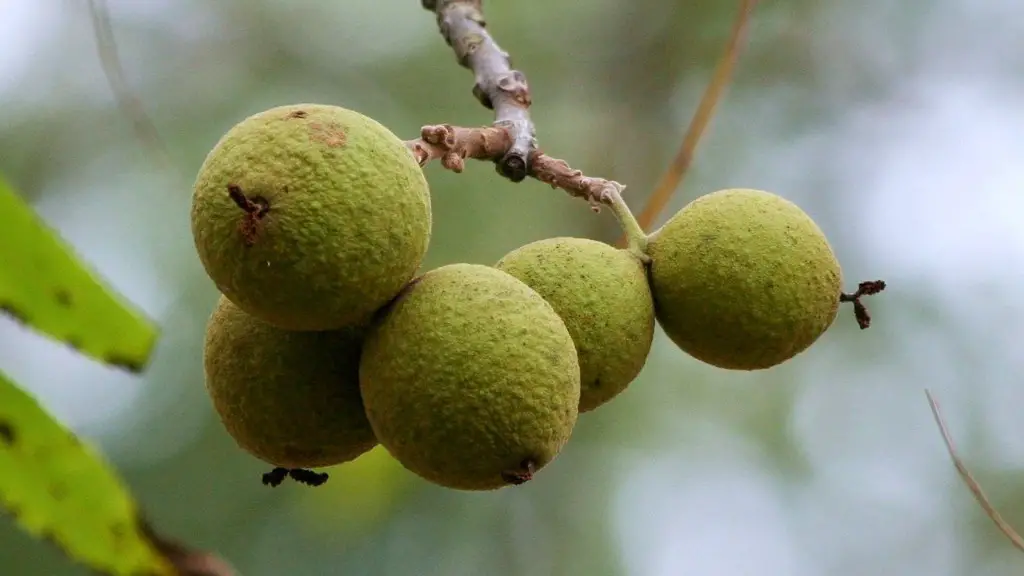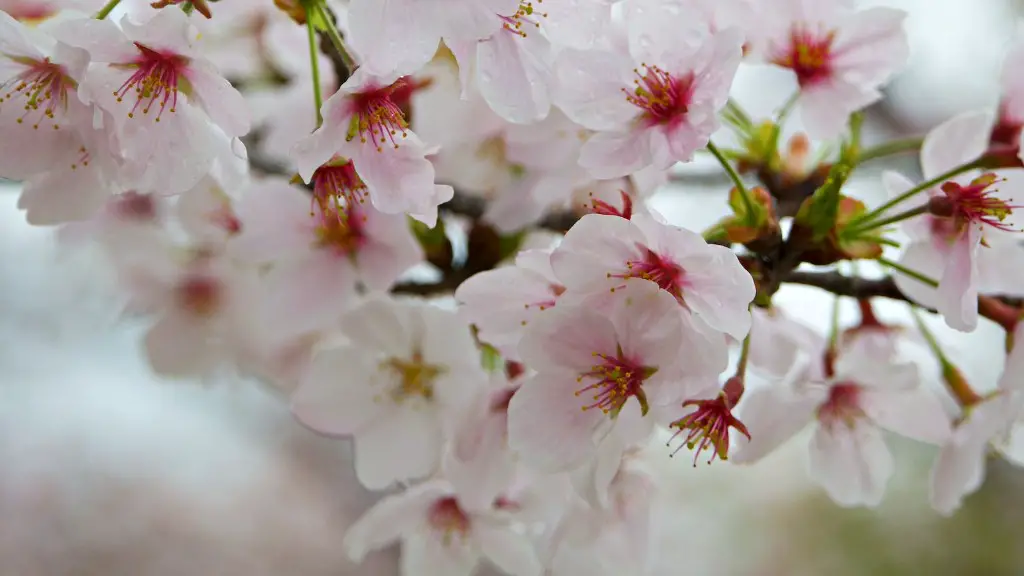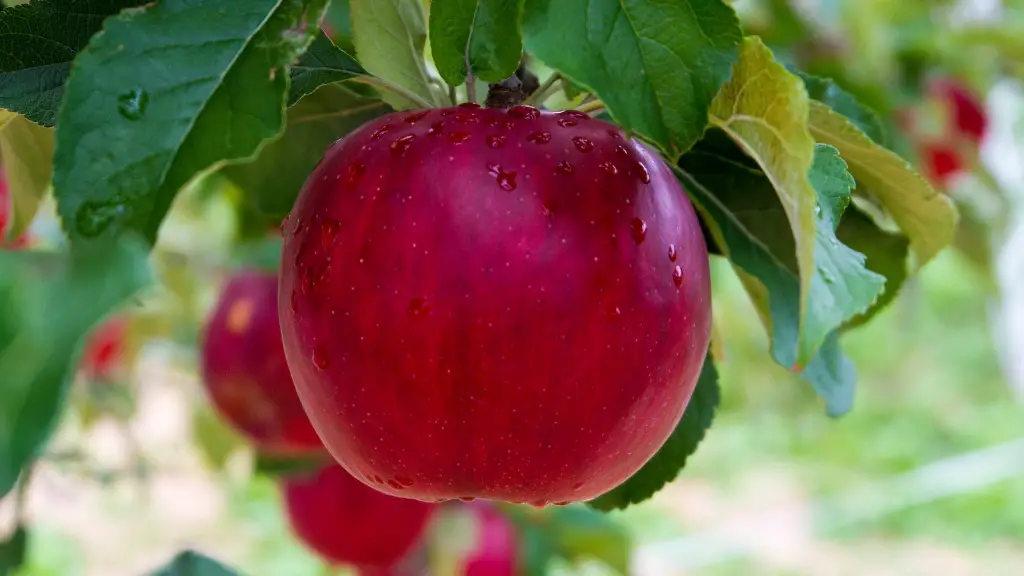When selecting the best lemon tree to plant, it’s important to take into account many factors such as climate, soil, irrigation and more. Varieties of lemons such as Lisbon, Eureka and Meyer are available, so gardeners need to decide on a lemon tree that will thrive in their location. Lemon trees require eight or more hours of direct sunlight each day and need damp but well-drained soil. They must also be sheltered from strong winds and protected from winter frost and freezes.
Lemon trees have been around for centuries and have been prized for their unique and delicious citrus fruits. Lemons can be used for culinary and medicinal purposes, and for their wonderfully fresh scent. Trees can vary in size, from dwarf varieties that are only a few feet high, to the more typical large tree which can reach between 10 and 15 feet.
It’s important to choose a variety of lemon tree that will suit the conditions in which it will be growing. Lisbon lemon trees do well in coastal climates, while Eureka lemons are great for cooler, inland climates. Meyer lemon trees can tolerate colder temperatures, and are more resistant to pests, disease and drought than many other varieties.
Gardeners should always start with a healthy lemon tree that has been grown in a nursery. Most lemon trees come semi-dwarf sized, and can be staked or pruned to control their size if they are getting larger than you’d like. When planting a lemon tree, make sure to provide a hole that is larger than the pot, and fill it with a good soil mix.
Watering lemon trees correctly is essential to their health. Regular and consistent deep watering is needed for all types of lemon tree, so be sure to keep the soil moist but not soggy. Watering the trees at ground level is best, as this will help keep their leaves free from disease. Mulching around the tree is also beneficial, as this will help conserve moisture.
When growing lemon trees, proper maintenance is crucial. Pruning is necessary to keep the tree healthy and growing vigorously. Prune every spring to keep the shape of the tree and to keep it from becoming too dense or crowded. Fertilize the soil annually and treat for pests, such as scale and aphids, if needed.
Lisbon Lemon Tree
The Lisbon lemon tree is one of the most popular varieties available on the market. It is hardy and productive, and is adaptable to a wide range of climates. The bright yellow, slightly seedy fruit of this tree has an acidic flavor and is generally used in cooking. The Lisbon lemon tree is well suited to coastal climates, and it is more resistant to cold temperatures than many other types of lemon.
Lisbon lemon trees grow best when they are planted in full sun, in well-drained acidic soil that is high in organic matter. They need regular deep watering, and should be pruned to control their size and keep them healthy. Fertilizing the tree in the spring with a citrus fertilizer is also recommended.
Lisbon lemon trees are fast-growing and can reach between 8-10 feet in height, depending on the conditions. They are generally pest and disease-free, but can be prone to extensive leaf drop during stressful weather. They require protection from strong winds, and need to be protected from winter frost and freezes. Lisbon lemon trees are productive and can provide plenty of delicious citrus fruits throughout the year.
Eureka Lemon Tree
The Eureka lemon tree is a common variety of lemon tree. It produces large, juicy lemon fruits that are slightly acidic in taste. It can tolerate cooler temperatures and grows best in coastal and inland climates. Eureka lemon trees are fast-growing and typically reach between 12-15 feet in height.
When planting the Eureka lemon tree, it’s important to provide a hole that is large enough to accommodate its roots. This can reach up to 10 feet deep, so using a good soil mix is essential. Provide the tree with full sun, and water it regularly but don’t keep it too soggy. Mulching around the tree will help retain moisture, and prune it every year in the spring to keep it healthy.
The Eureka lemon tree is fairly tolerant of diseases and pests, and is generally resistant to common lemon tree problems such as scale and aphids. Fertilize the soil with a citrus fertilizer in the spring, and treat the tree if needed. Eureka lemon trees are very productive and can give plentiful crops of delicious lemon fruits.
Meyer Lemon Tree
The Meyer lemon tree is one of the most popular lemon trees available today. It produces juicy, slightly sweet and tart fruits that can be used for cooking or for other purposes such as home-made beauty products. Meyer lemon trees are cold-tolerant and are productive in both coastal and inland climates.
Meyer lemon trees are compact, and their size can be controlled with pruning. Plant them in full sun and in well-drained acidic soil. These trees need regular watering and will benefit from mulching around their base to retain moisture. Fertilize the soil with a citrus fertilizer in the spring and add a layer of compost around the tree annually.
Due to its cold-tolerance, the Meyer lemon is a great choice for colder areas. It is also resistant to pests, disease and drought, so it is one of the more low maintenance lemon varieties. Meyer lemon trees are generally very healthy, and can provide a good harvest of sweet and juicy citrus fruits.
Lemonade Tree
The lemonade tree is a dwarf variety of lemon tree that is ideal for small spaces such as patios, balconies and gardens. This variety produces small, fragrant, yellow lemon fruits that have a soft and juicy interior. Lemonade trees are cold-tolerant and can grow in both coastal and inland climates. They reach between 4-6 feet in height and can be pruned to control their size.
When planting a lemonade tree, it’s important to give it a well-drained acidic soil with plenty of organic matter. Provide it with eight or more hours of direct sunlight each day, and keep it sheltered from strong winds. Water the tree regularly and apply a layer of mulch around its base. Fertilize it in the spring with a citrus fertilizer, and prune it annually.
The lemonade tree is an ideal choice for those who want a lemon tree that fits a smaller space. It produces sweet, fragrant and juicy lemon fruits, and is a great choice for making lemonade or other culinary uses. This variety is cold-tolerant, pest-resistant and low-maintenance, so it is a great choice for gardeners who are inexperienced or short on time.
Kaffir Lime Tree
The Kaffir lime tree is a unique variety of citrus tree that is native to Southeast Asia. It is an evergreen tree that produces dark green, bumpy fruits which are used in many Asian dishes. The leaves of the Kaffir lime tree are highly fragrant and used for seasoning, and their oil can be used in the making of perfumes and aromatherapy products.
The Kaffir lime tree is a great choice for gardeners who want something a bit different. It is tolerant of most climates, and can be grown in both sun and part shade. It will require regular watering and a layer of mulch around its base to retain moisture. Fertilize it with a citrus fertilizer in the spring and prune it annually to control its size.
The Kaffir lime tree is a great choice for gardeners who want something a bit different. It produces fragrant, dark green fruits and can be used in various dishes. Its leaves and oil can be used for seasoning, perfumes and aromatherapy. The tree is cold-tolerant, pest-resistant and low-maintenance, so it is suitable for gardeners of all levels of experience.



